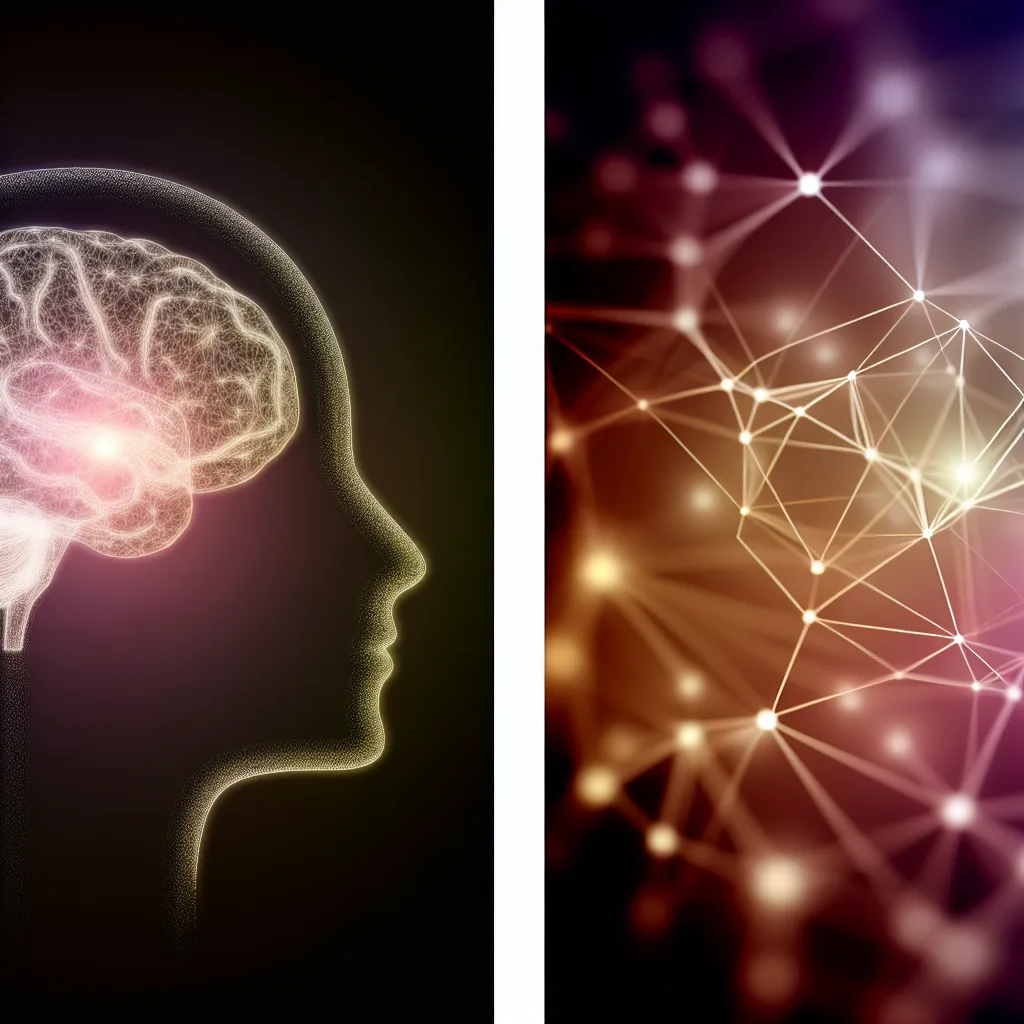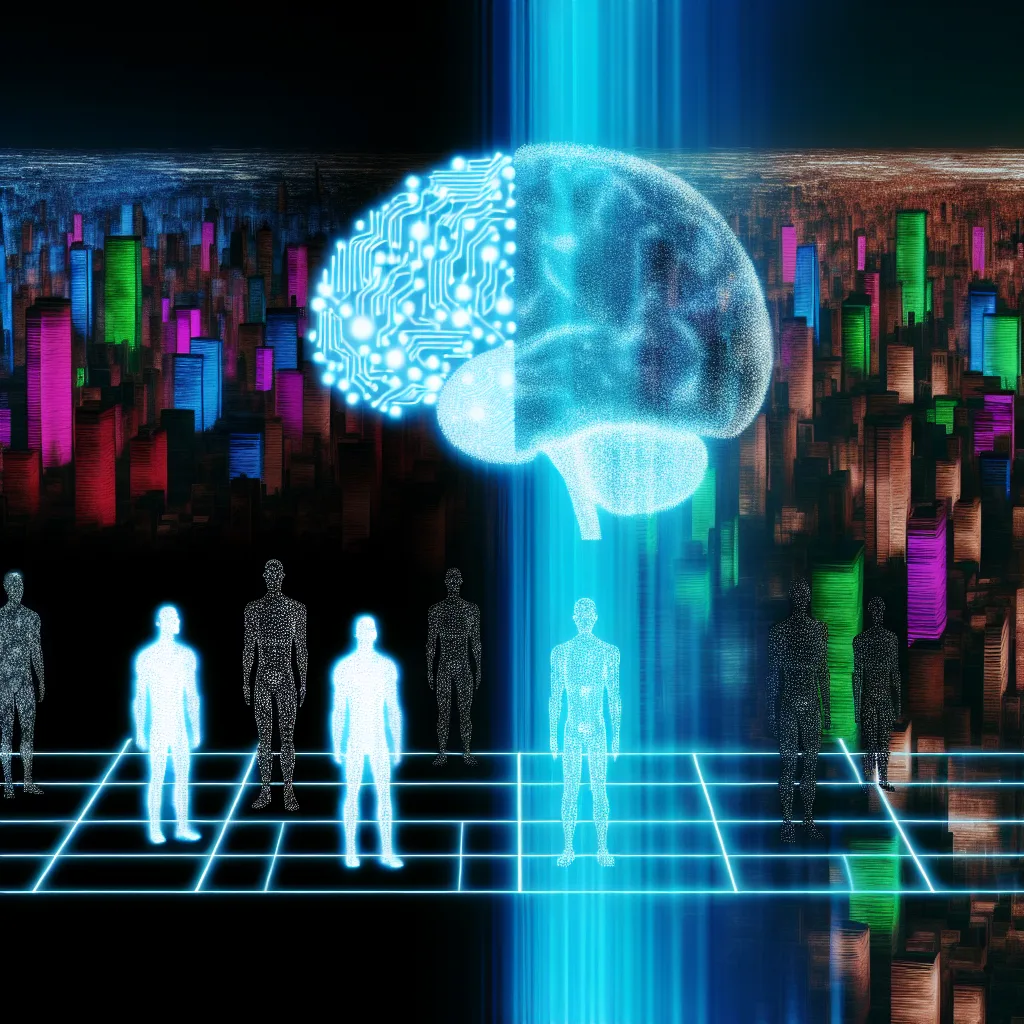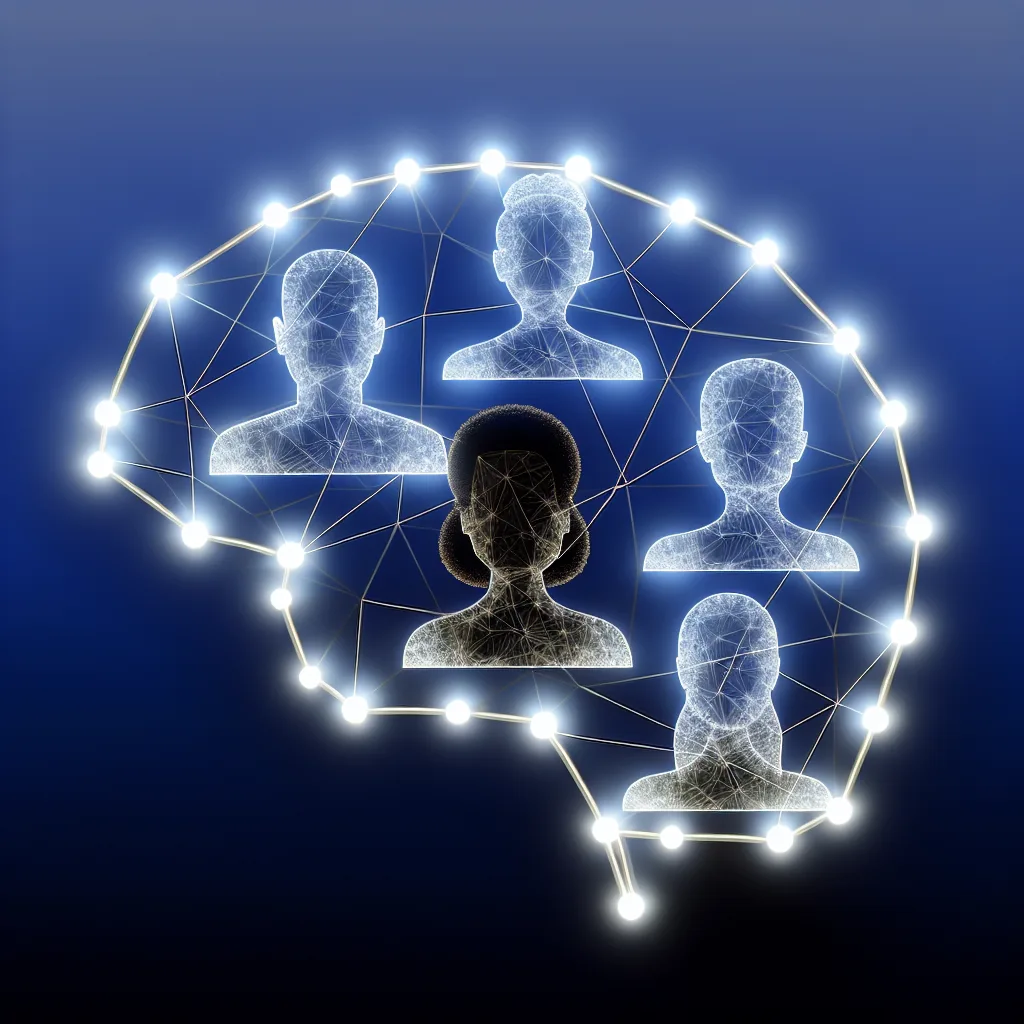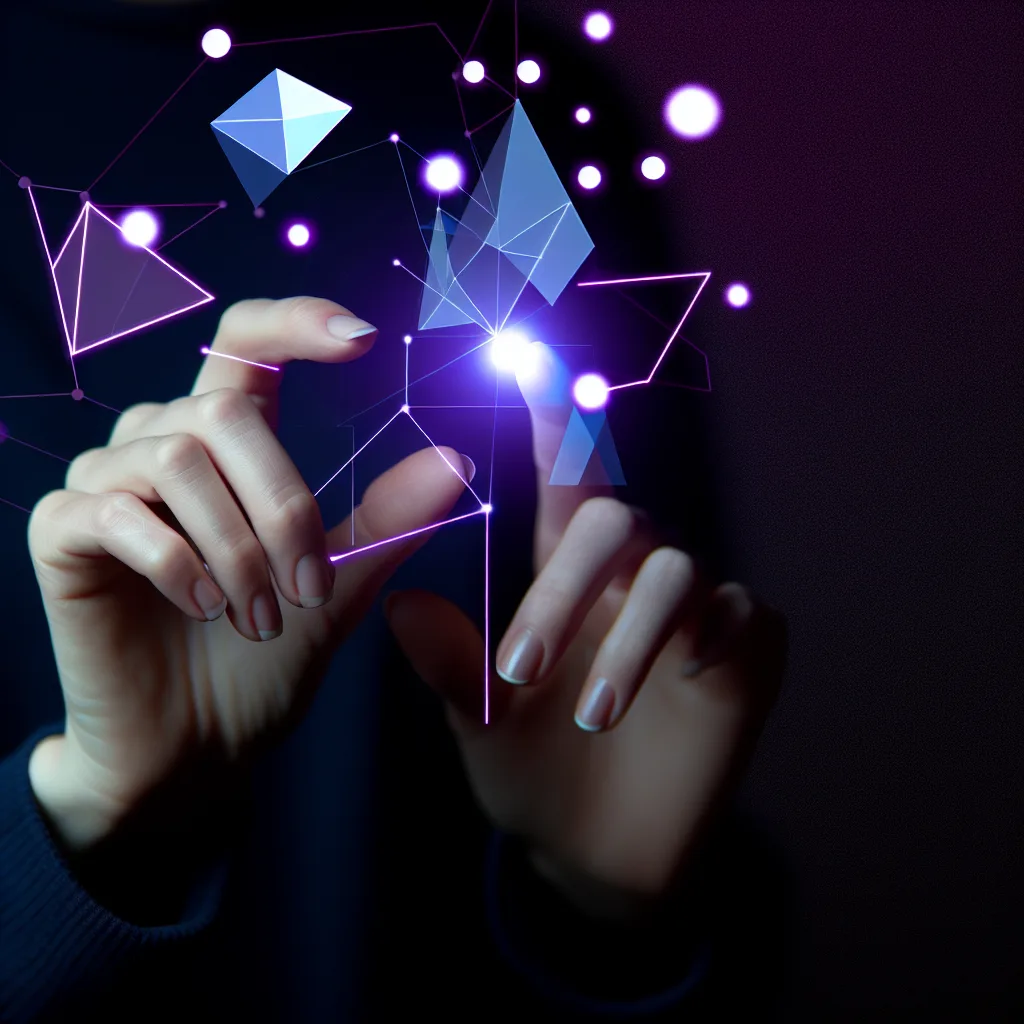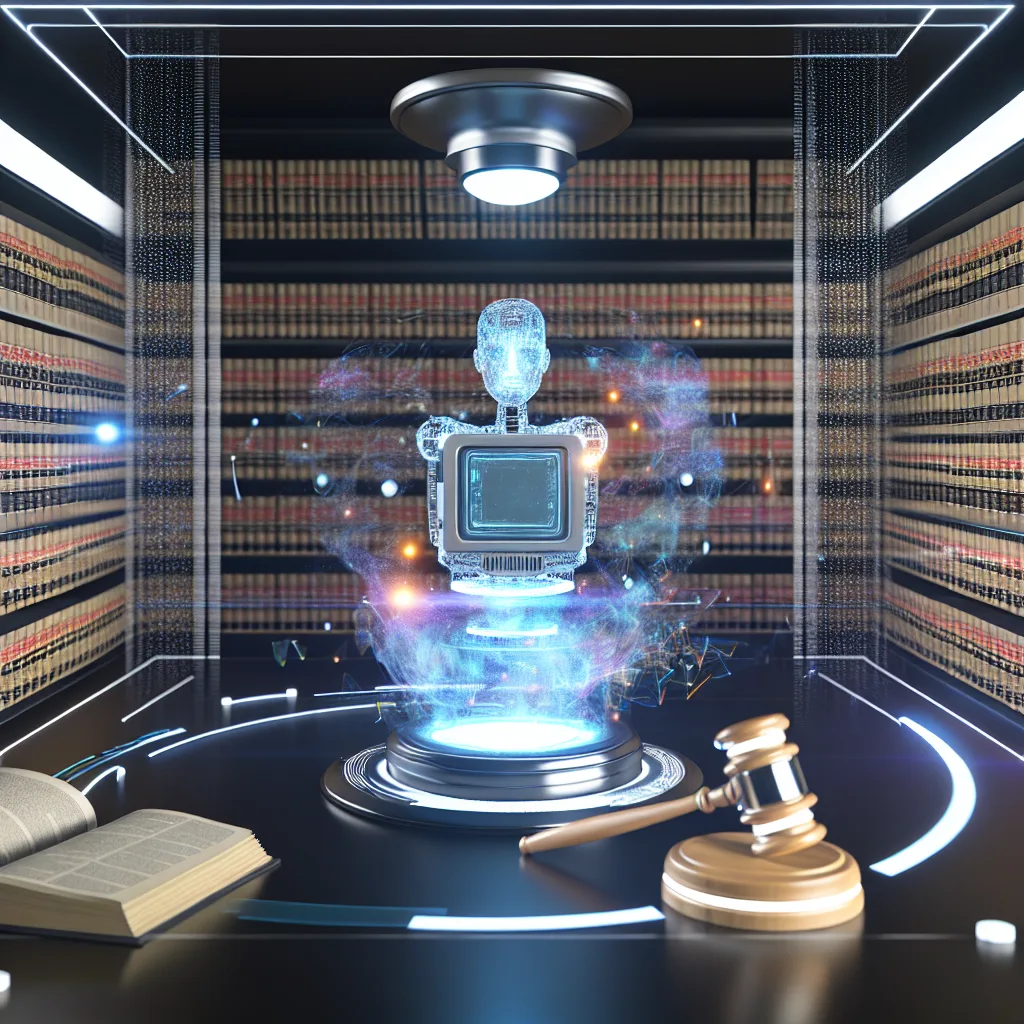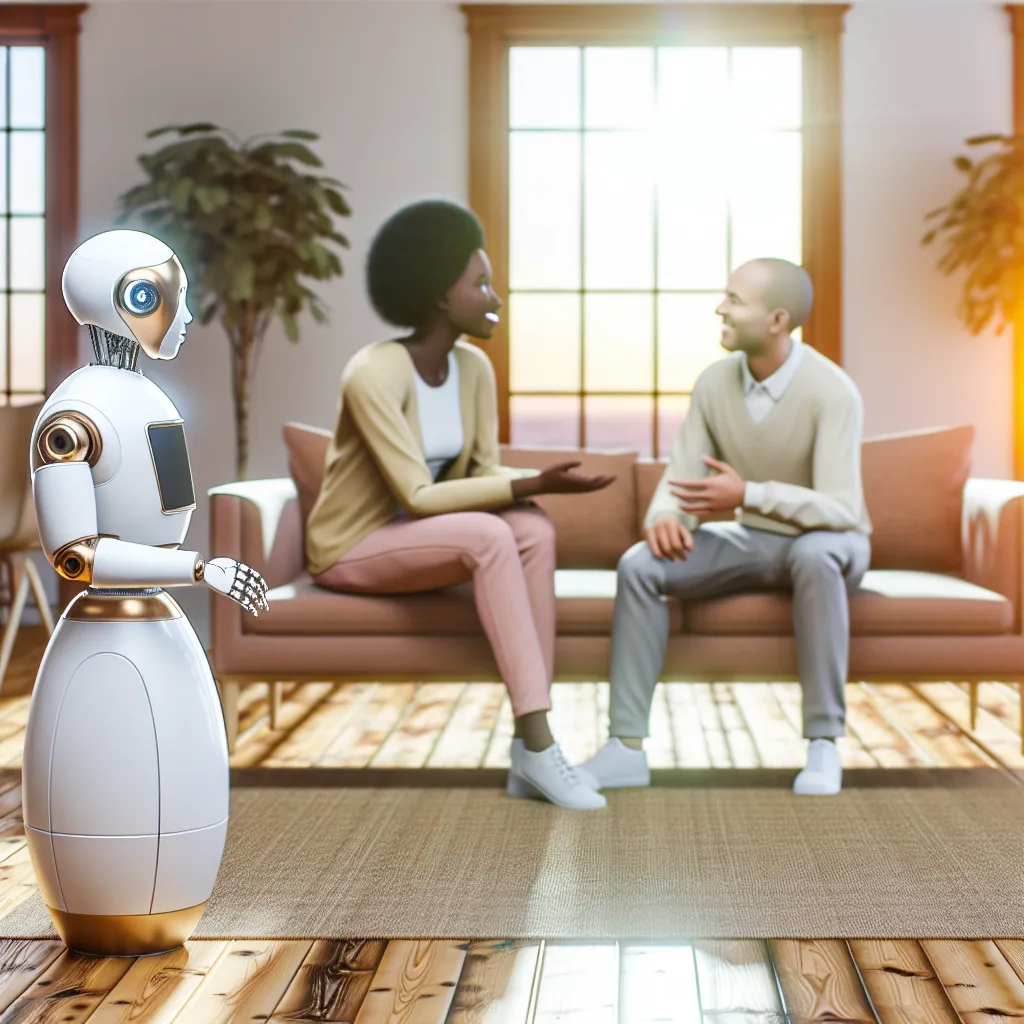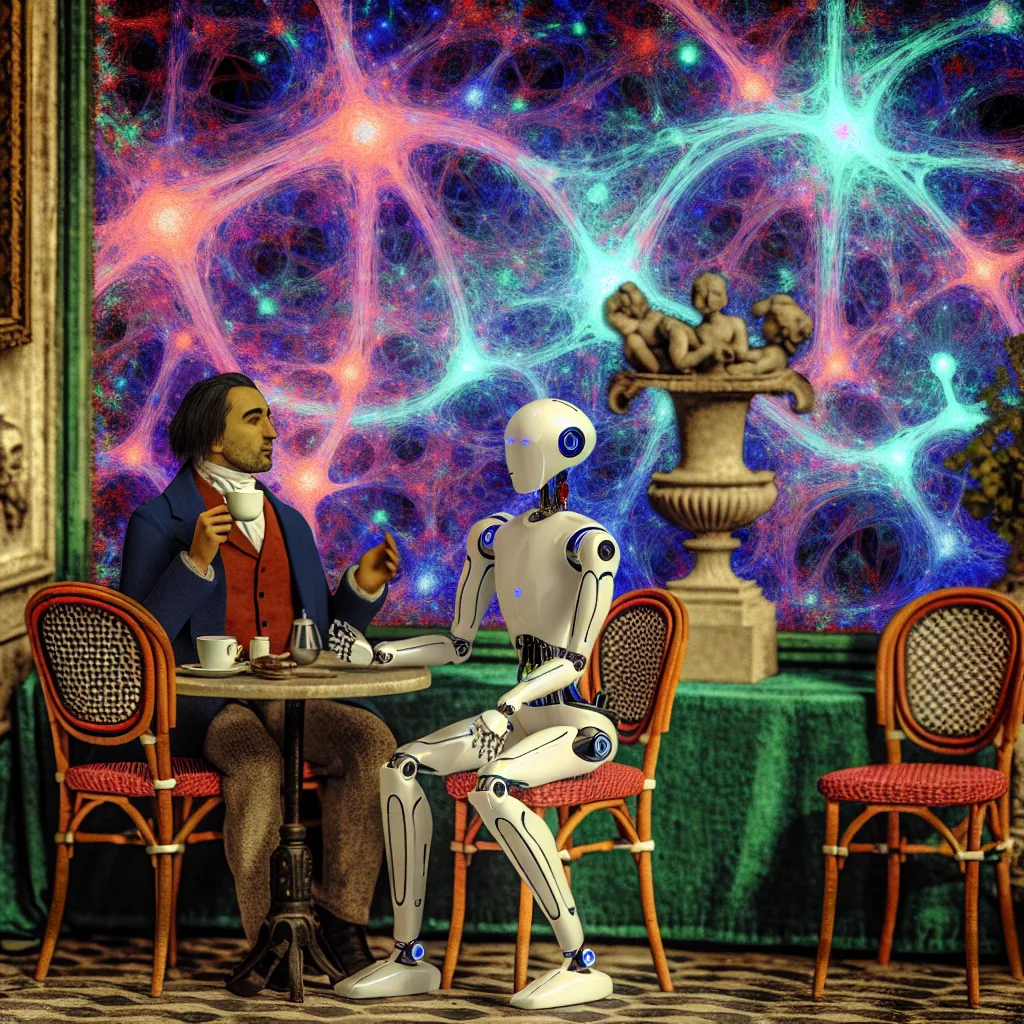Understanding Learning in the Brain and AI Through Connections and Feedback Loops
Have you ever wondered how the brain and artificial intelligence (AI) systems learn? It might seem like they’re worlds apart, right? One’s made of neurons and biology, and the other’s lines of code running on silicon chips. But if you strip away the surface, the way both the brain and AI learn is surprisingly similar. Let’s unpack this in a simple way.
The Connections That Matter
At the core of how the brain learns are neurons—tiny cells that communicate through connections called synapses. When we learn something new, what’s really happening is that some connections between neurons get stronger. These stronger links make it easier for us to recall information or perform tasks.
AI, specifically large language models (LLMs) like the ones that power chatbots, work in a very similar way. Instead of neurons, they have nodes, and instead of synapses, they have weights. These weights determine how signals pass between nodes. During training, the model adjusts these weights—strengthening some, weakening others—so it gets better at predicting the next word or making sense of a question.
Learning Through Feedback Loops
Both the brain and AI rely heavily on feedback. Think about how you learn a new skill: you try, fail, adjust, and try again. In the brain, if a prediction or understanding is off, neurons adjust their connections through a process called synaptic plasticity. In AI, the model uses a method called backpropagation, where it checks if its output matches the ideal result and tweaks the weights accordingly.
This feedback loop is continuous—it’s how learning gets refined. Whether it’s your brain noticing a mistake or AI spotting an error in its output, both systems improve by adjusting connections based on what went wrong.
Patterns, Not Just Facts
One big misconception is that the brain or AI simply stores facts one by one. Instead, both compress and store patterns. The brain doesn’t keep an exact copy of every photo you’ve seen; it stores patterns that help reconstruct the image when you recall it.
Similarly, AI doesn’t memorize every sentence it’s ever read. It learns patterns in the data and uses those patterns to predict or generate text that makes sense. This means they’re both really good at recognizing complex patterns rather than memorizing isolated facts.
Why This Matters
Understanding that the brain and AI learn similarly helps demystify AI a little. It’s not magic or something completely alien; it’s a system inspired by how we ourselves learn and adapt. If you want to explore more about how neural networks work, websites like MIT’s Introduction to Neural Networks and DeepLearning.ai offer great beginner-friendly resources.
Plus, knowing about these learning processes can help us appreciate the strengths and limits of AI. Both the brain and AI excel at pattern recognition, but they’re not perfect. Mistakes happen when patterns are too complex or ambiguous.
In Short
- The brain strengthens connections between neurons to learn.
- AI adjusts weights between nodes to improve predictions.
- Both rely on feedback loops to correct errors.
- They store and use patterns instead of raw facts.
So, the next time you think about AI, remember: it’s a bit like a brain in its own way. Different materials, yes. Different forms, sure. But at the heart of it, both the brain and AI learning revolve around optimizing connections to get smarter and better at what they do.
If you’re curious to dive into the topic further, I recommend checking out resources on how neural networks function, and how biology inspires AI—both fields are fascinating and full of insights.
